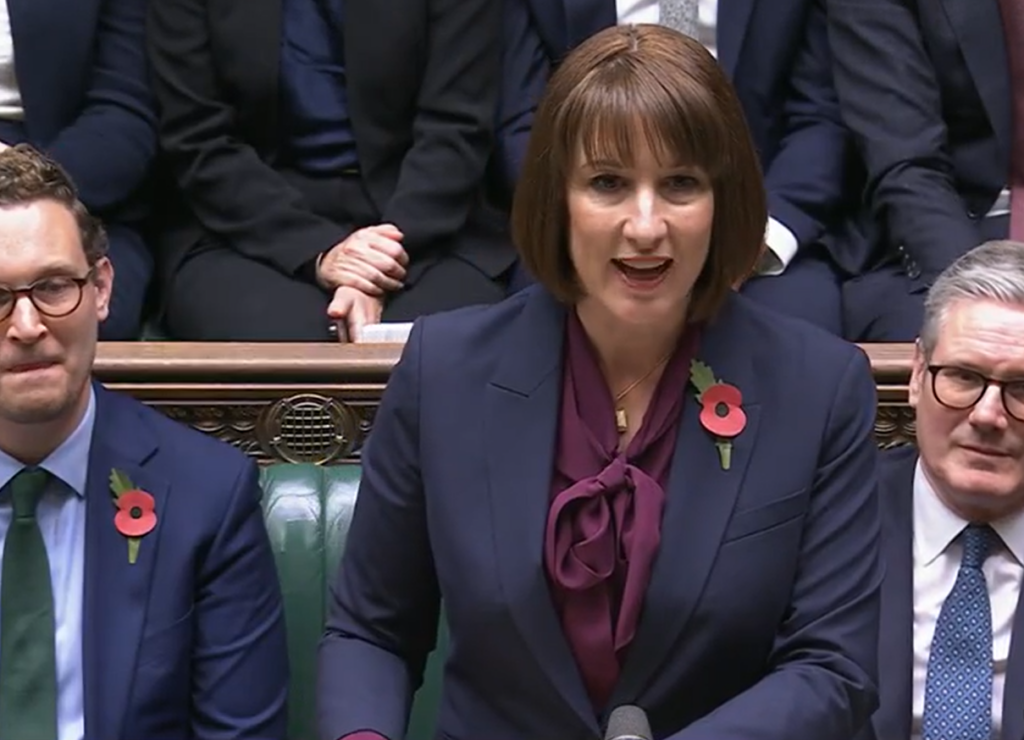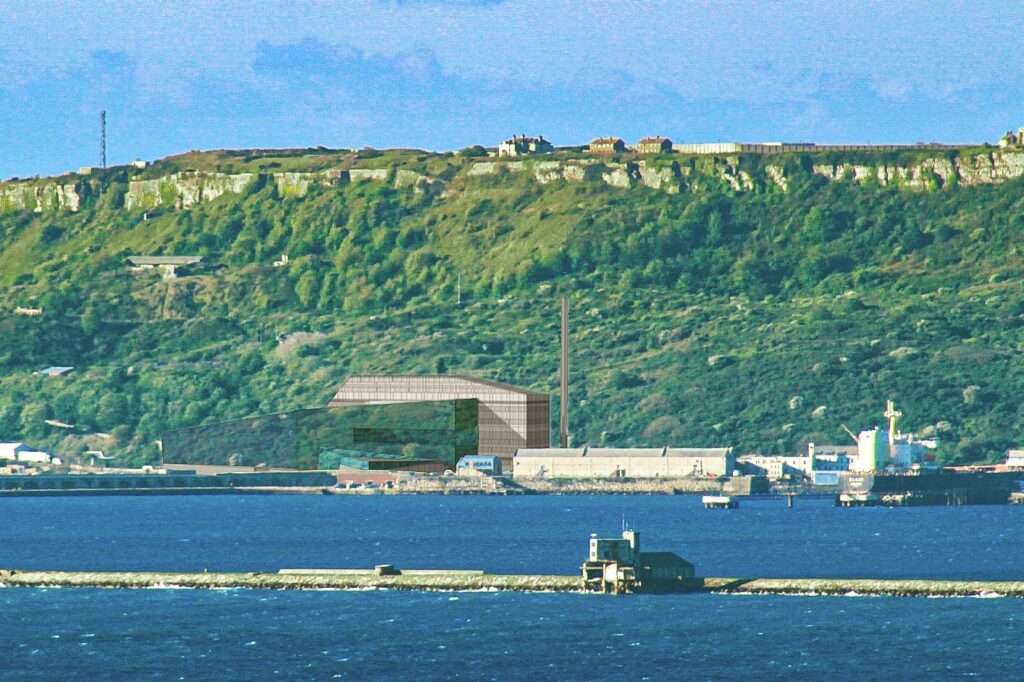The level of subsidy available to energy-from-waste facilities under the Renewables Obligation could halve in 2013, under proposals unveiled by the Department of energy and climate change today (October 20).
Under the current banding system for the Renewables Obligation, operators using energy-from-waste (EfW) with combined heat and power (CHP) technology can claim one Renewables Obligations Certificate, or ROC, for every megawatt hour of electricity generated.

These ROCs are purchased by energy suppliers as part of their requirement to purchase a growing proportion of electricity from renewable sources. The system is banded so that some that some renewables technologies receive more ROCs than others to encourage their development.
Today’s proposals come in a consultation on proposed banding levels for 2013-17 which, according to the Department for energy and climate change (DECC), will encourage technologies which need more support. They also involve reducing the subsidy for those where market costs have either come down or are expected to.
EfW
In the consultation document, DECC actually raises the potential for removing ROCs from EfW with CHP altogether, describing the technology as economically viable without ROCs support.
But, it also acknowledges that the technology faces barriers which add to the overall risk and indirect costs of the projects. In particular, these relate to problems securing markets for the heat produced by the CHP process, and also issues with fuel sampling.
And, as such it concludes a subsidy is still needed. It explained: “We are keen to exploit the potential of EfW with CHP further. In order to encourage investment and offset the risks and indirect costswe propose setting RO support at 0.5 ROCs for new accreditations (and additional capacity added) in the banding review period.”
These plans drew a cautious reponse from the Environmental Services Association, whose director of policy, Matthew Farrow, said: “The Renewables Roadmap recently published by DECC emphasises the great potential of Energy from Waste (EfW) in helping the UK hit its renewables targets.
“The proposals to reduce Renewables Obligation support for the main EfW technologies therefore needs to be treated with caution. EfW markets are complex, for example the transport costs associated with getting AD digestate to market could be significant, while RDF exports could lead to competition on gate fees between UK EfW plants and continental ones, and the impact of factors like this on the appropriate level of RO support must be thought about. ESA will be looking at the detail of the consultation carefully.”
Anaerobic digestion
Less significant reductions are proposed for anaerobic digestion (AD), where plant operators can currently claim two ROCs per megawatt hour (MWh). Under the banding review plans, ADs banding would remain at two ROCs until March 2015, before being reduced to 1.9 ROCs in 2015/16 for facilities receiving new RO accreditation, and then down to 1.8 ROCs in 2016/17.
DECC stressed that this was in line with the level of support proposed for the most expensive technology needed to meet the governments 2020 renewables targets, which is offshore wind.
It explained: “We do not believe it would be value for money for the purpose of meeting our 2020 renewables target to provide RO support for large scale AD (or for AD with CHP) at a level which exceeds the level of RO support proposed for offshore wind (the marginal technology for meeting the 2020 renewables target).”
Other technologies
For landfill gas, the consultation document notes that, in the short term, the technology has a valuable role to play. However, it also says the sector is peaking or is close to peaking, due to moves away from landfill as a form of waste disposal or treatment.
It also claims that new landfill gas generation from post-2001 sites is now viable without the 0.25 ROCs per MWh landfill gas operators can currently claim. And, as such it proposes to end support for landfill gas from April 1 2013 for generating stations that are not already accredited by that date.
Reductions are also proposed for gasification and pyrolysis, with plans to reduce the one ROC per MWh currently available for standard gasification and pyrolysis to 05 ROCs per MWh.
However, the plans for these two technologies also involve potentially merging both of them under one ROC banding, with a similar approach being taken to the advanced versions of both technologies which currently receive two ROCs per MWh.
Meanwhile, for biomass, the proposed levels remain largely the same as they currently are, with dedicated biomass set to remain at 1.5 ROCs per MWh, until 2016 when it would move down to 1.4. Similarly co-firing of biomass would remain at 0.5 ROCs per MWh, or 1 ROC per MWh if CHP is used.
Clegg
Unveiling the proposed banding levels today, the deputy prime minister Nick Clegg said: Supporting clean, green, secure energy is the right thing to do for both the environment and the economy.
Today’s announcement makes clear the Governments commitment to supporting long-term investment in the UKs renewables industries.
The energy secretary Chris Huhne added: The renewables industry can bring in billions of pounds of investment into the UK economy. Our ambitions for these technologies reflect our desire for the UK to be the number one place to invest.
We have studied how much subsidy different technologies need. Where new technologies desperately need help to reach the market, such as wave and tidal, were increasing support. But where market costs have come down or will come down, were reducing the subsidy.








Subscribe for free